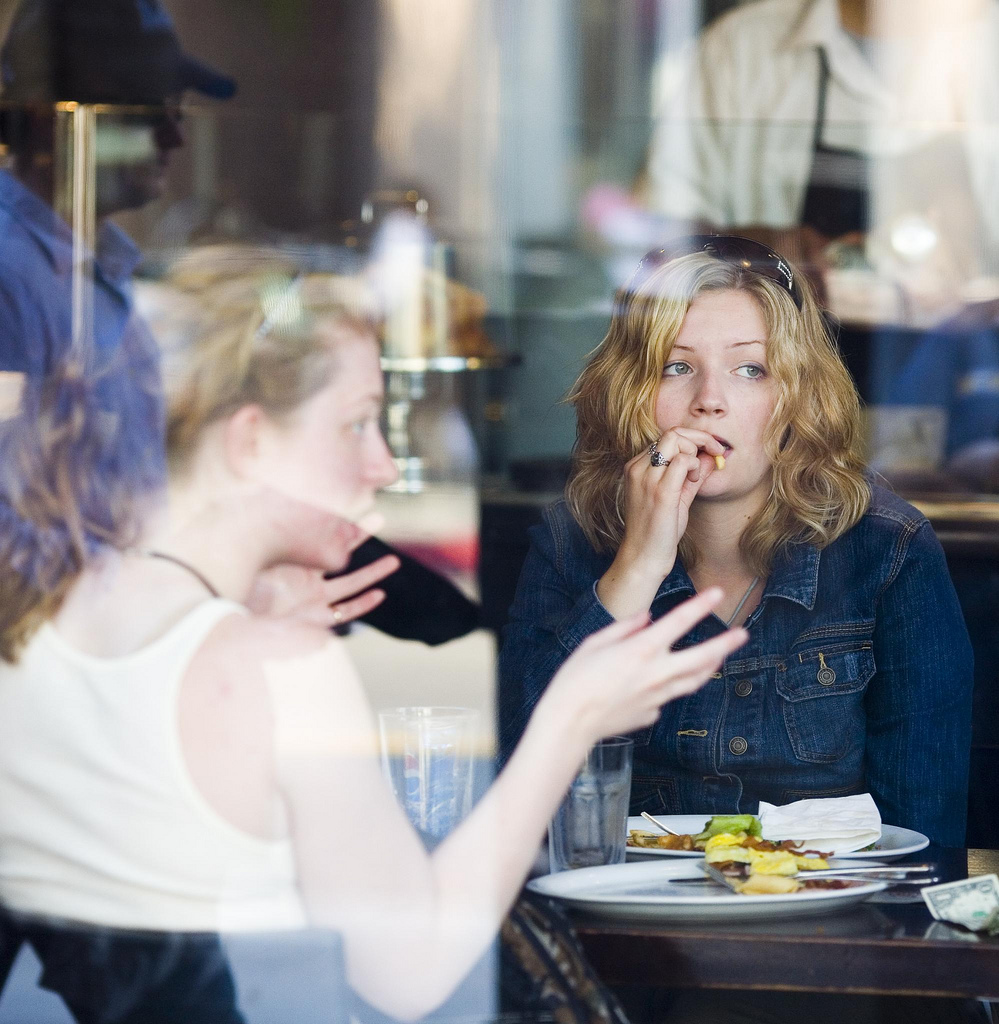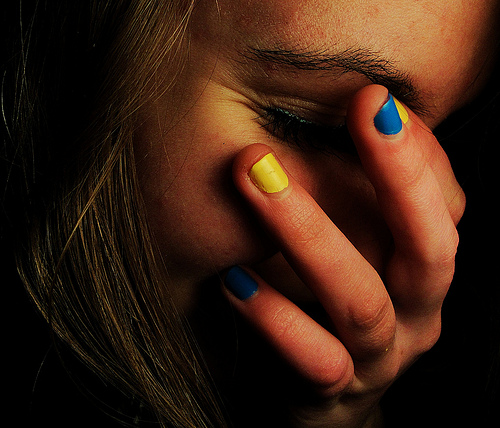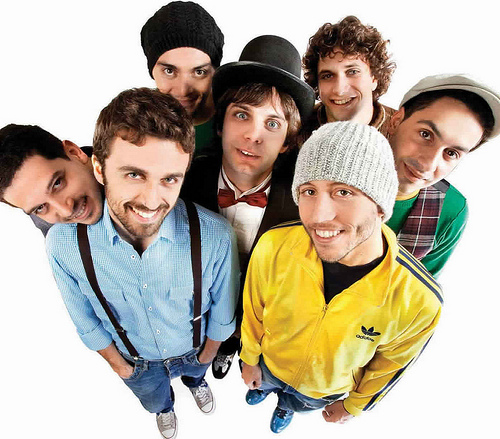
Today’s world offers little downtime. The average person typically travels from one activity to the next until it’s time to eat dinner, clean up, and go to bed. People who have anxiety or who are prone to the disorder feel stress even more intensely than others. Being aware of your level of anxiety will help you plan times to relax throughout the day. Teaching and allowing yourself to relax will help you cope with everyday activities and schedules in healthy ways and help you realize the importance of downtime.
Relaxing On Purpose
Relaxing on purpose is a difficult concept even for adults to understand. Times of relaxation are an important part of everyday life as both our bodies and minds need time to de-stress in order to stay focused. It may seem counterintuitive to say that downtime can improve focus, but our bodies are designed to work in a rhythm of work, relaxation and sleep. When one of these areas gets ignored, everything becomes unbalanced.
Although there are some adults who are able to be productive with little sleep and no time for relaxation, most normal, healthy individuals need time spent in relaxation and rest each day. In our busy society, people are accustomed to having a plan for each hour of the day, so relaxing on purpose can fold naturally into most people’s schedules. That may require leaving other things out of an already full day, but for those who suffer from anxiety, relaxing on purpose is essential. The National Center for Complimentary and Alternative Medicine explains why:
Relaxation is more than a state of mind; it physically changes the way your body functions. When your body is relaxed breathing slows, blood pressure and oxygen consumption decrease, and some people report an increased sense of well-being.
People who suffer from anxiety need to know there is time set aside each day to relax, unwind and remind themselves they are human beings, and not “human doings.” Having purposeful relaxation scheduled into the day gives stressed-out individuals something to look forward to.
Mindfulness Meditation or Guided Visualization
Another way to relax is through mindfulness meditation or guided visualization. This method helps people with anxiety manage their emotions in calm and healthy ways. According to the University of California Center for Mindfulness:
[Mindful Meditation is] a quality, which human beings already have, but they have usually not been advised that they have it, that it is valuable, or that it can be cultivated. Mindfulness is the awareness that is not thinking but which is aware of thinking, as well as aware of each of the other ways we experience the sensory world, i.e., seeing, hearing, tasting, smelling, feeling through the body.
It is cultivated by paying attention on purpose, deeply, and without judgment to whatever arises in the present moment, either inside or outside of us. By intentionally practicing mindfulness, deliberately paying more careful moment-to-moment attention, individuals can live more fully and less on ‘automatic pilot,’ thus, being more present for their own lives.
Learning to practice mindful meditation or guided visualization gives you a ready coping mechanism. Understanding you can take a few minutes wherever you are to meditate and visualize in order to calm down and refocus empowers you with the ability to make positive changes. Try these steps:
1. Sit in a chair or on the floor in a quiet and comfortable place. Keep your head, neck and back straight but not stiff.
2. Breathe deeply and close your eyes. Clear your mind of all thoughts of the past and the future.
3. Pay attention to your breathing. Focus on the air moving in and out of your body. Feel your belly rise and fall and pay attention as the air enter your nostrils and leaves your mouth.
4. See your thoughts as they come and go without trying to suppress them. Stay calm and breathe through each thought.
5. Focus on the breathing and let the thoughts come without letting your mind get carried away with them.
6. At the end of the meditation, sit for a minute or two and become aware of where you are. Get up gradually.
You can do this anywhere you are at any time you are feeling anxious. Set aside a comfortable place in your house to meditate for longer periods of time at home. Soothing music can also be added to the process.
Progressive Muscle Relaxation
Progressive muscle relaxation involves tensing specific muscle groups and then relaxing them to create awareness of tension and relaxation. It is called progressive because it moves through all major muscle groups one at a time and eventually leads to complete muscle relaxation. Progressive muscle relaxation helps anxious people take control of the tension that builds up in their bodies when they are experiencing anxiety. This method can also be used at any time or place you are feeling anxious. It can be done slowly or modified depending on the circumstances surrounding the anxiety. Practice these steps:
1. Assume a comfortable position. This can be done standing, sitting or lying down. Loosen any tight clothing before you begin and close your eyes.
2. Tune out all other thoughts and focus on yourself and on relaxing your body muscles.
3. Tense and relax your muscles in the following order:
- Forehead – Wrinkle your forehead making your eyebrows touch your hairline for five seconds. Relax.
- Eyes and nose – Close your eyes as tightly as you can for five seconds. Relax.
- Lips, cheeks and jaw – Draw the centers of your mouth back and grimace for five seconds. Relax. Feel the warmth and calmness in your face.
- Hands – Extend your arms in front of you. Clench your fists tightly for five seconds. Relax. Feel the warmth and calmness in your hands.
- Forearms – Extend your arms out against an invisible wall and push forward with your hands for five seconds. Relax.
- Upper arms – Bend your elbows. Tense your biceps for five seconds. Relax. Feel the tension leave your arms.
- Shoulders – Shrug your shoulders up to your ears for five seconds. Relax.
- Back – Arch your back off the floor for five seconds. Relax. Feel the anxiety and tension disappearing.
- Stomach – Tighten your stomach muscles for five seconds. Relax.
- Hips and buttocks – Tighten your hip and buttock muscles for five seconds. Relax.
- Thighs – Tighten your thigh muscles by pressing your legs together as tightly as you can for five seconds. Relax.
- Feet – Bend your ankles toward your body as far as you can for five seconds. Relax.
- Toes – Curl your toes as tightly as you can for five seconds. Relax.
4. Focus on any muscles that are still tense. Tighten and relax those muscles three or four times.
5. Fix the feeling of relaxation in your mind. Resolve to repeat the process again.
-Taken from The American Medical Student Association
It is important to remember that every person responds differently to every activity. Some feel calm and relaxed and others may notice little change at first. Take your time while engaging in this activity, adding a new muscle group each time you practice. This will help avoid any frustration that might lead to more anxiety.
Yoga or Tai Chi
Both yoga and tai chi use postures, poses, controlled breathing and stretches to promote relaxation and decrease stress and anxiety. Practicing yoga for those who have anxiety issues is a great way to increase their overall physical and mental well-being. According to the American Yoga Association:
[The entire system of Yoga] is built on three main structures: exercise, breathing and meditation. The exercises of Yoga are designed to put pressure on the glandular systems of the body, thereby increasing its efficiency and total health. The body is looked upon as the primary instrument that enables us to work and evolve in the world, and so a Yoga student treats it with great care and respect. Breathing techniques are based on the concept that breath is the source of life in the body.
The Yoga student gently increases breath control to improve the health and function of both body and mind. These two systems of exercise and breathing then prepare the body and mind for meditation, and the student finds an easy approach to a quiet mind that allows silence and healing from everyday stress. Regular daily practice of all three parts of the structure of Yoga produces a clear, bright mind and a strong, capable body.
Tai chi, or tai chi chuan, is a self-paced system of gentle physical exercise and stretching. Those who practice tai chi perform a series of postures or movements in a slow and graceful manner. One posture flows into the next ensuring that the body is in constant motion. Both Tai chi and yoga promote the balance of the body, mind and spirit. Engaging in the practice of yoga and the art of tai chi can help you understand how important remaining calm in stressful situations is to health. Yoga classes are available through yoga centers and community education programs. Tai chi is taught through martial arts studios, recreation centers or your local YMCA.
Diaphragmatic Breathing
One of the simplest of all relaxation techniques is diaphragmatic breathing. Diaphragmatic breathing focuses breathing on the diaphragm, a large muscle that stretches across the base of the lungs. It is the most efficient muscle of breathing and works with the stomach muscles to increase lung capacity and allow the body to breath in a slower more efficient way.
Using diaphragmatic breathing if you anxiety gives you a way to instantly relax and reduce stress in any situation. The body naturally breathes using the diaphragm, but tension, stress and busyness cause people to use shallow chest breathing most of the time. Learning how the diaphragm works and how to use it to breathe better takes just a few easy steps:
- Lie on your back in a relaxed position either on the floor or on a bed. Bend your knees slightly and put a pillow underneath them for added comfort.
- Place one hand on your chest, one hand on your stomach and breathe normally. You will notice right away that the stomach, rather than the chest, moves up and down in natural breathing.Breathe in slowly through your nose so that your stomach moves out against your hand. The hand on your chest should remain still.
- Breathe out through your mouth tightening your stomach muscles as you exhale. Your stomach muscles will push against the diaphragm helping to force the air out. The hand on your chest should remain as still as possible.
Once you feel how natural breathing happens, you will be able to breathe in the same way standing up. It takes time to learn to feel the diaphragm and make it move down and out for a deep breath, so practice on the floor or bed until it begins to happen more naturally.
More Relaxation Ideas
Some relaxation techniques are as simple as carving out time for a walk, bike-ride or trip to the park. Look at your schedule and decide what is absolutely essential and what things you can let go. Take time to do this during periods of change: the start of a new year, a new job, or when you have vacation time from work.
Make sure the things you are involved in are things you still really love. You may have been taking art classes for three years, but since you just landed a job in the art department, you might appreciate a break and the opportunity to try something new. This is especially true if you suffer from anxiety. Participating in too many activities takes away valuable downtime you need to refresh and recharge for the things you really love to do. Too many unattainable expectations only serve to make anxiety worse. Planning time to relax into your day can help you lead a happier and healthier life.
SOURCE:




